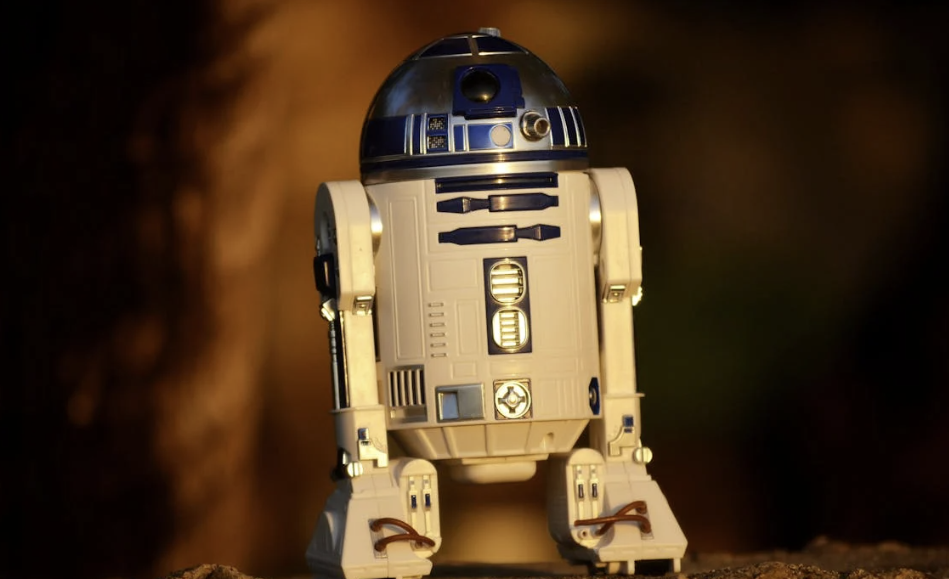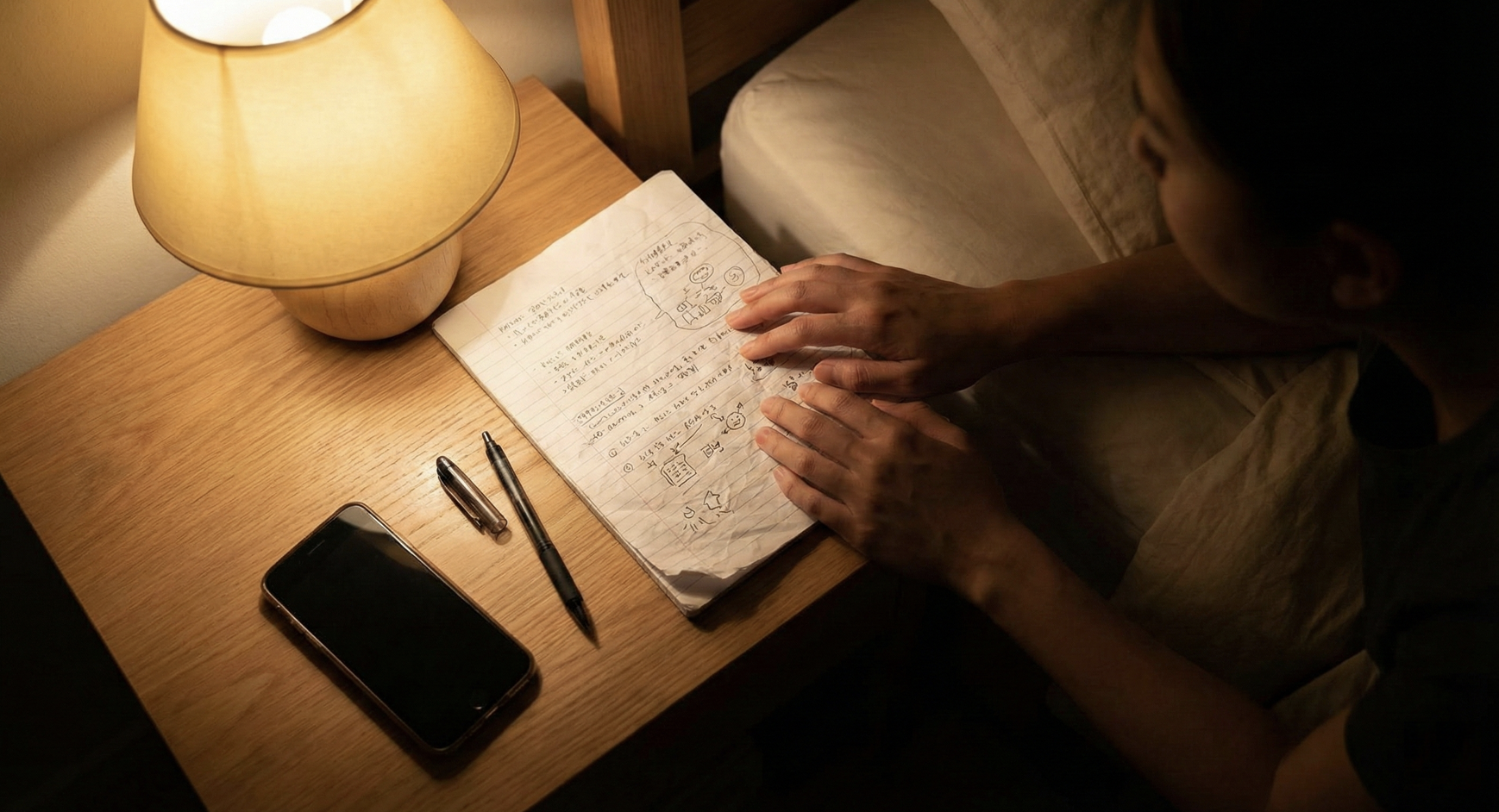How to Teach Your Child to Think Like a Genius: A Parent's Practical Guide

How to Teach Your Child to Think Like a Genius: A Parent's Practical Guide
Transform your child's everyday curiosity into extraordinary thinking skills with these proven strategies
Did you know that Leonardo da Vinci's genius wasn't just about being smart? It was about making connections others couldn't see. The good news? Your child's brain is literally wired to do the same thing—you just need to know how to activate it.
Here's your step-by-step guide to nurturing genius-level thinking at home, even if your child's school follows traditional methods.
1. Start with "What If" Questions During Daily Activities
Okay, this one's my favorite because it costs nothing and you can do it literally anywhere. We started this when my daughter was four, and now at eight, she out-"what-ifs" me constantly.
How to do it:
During dinner: "What if we had to design a fork for aliens with tentacles?"
While driving: "What if cars could fly? How would traffic lights work?"
At bedtime: "What if gravity worked backwards for one hour each day?"
Why it works: Research shows that these questions force the brain to connect unrelated concepts—exactly how creative breakthroughs happen. When your child imagines alien utensils, they're linking biology, design, and problem-solving. It's like CrossFit for their neural pathways.
Age adjustments:
Ages 4-6: Keep it silly and visual
Ages 7-10: Add "how would you solve this?" follow-ups
Ages 11+: Challenge them to sketch or build prototypes
2. Create "Connection Challenges" Using Everyday Objects
This started accidentally in our house when my son asked why a banana and a flashlight were on the same counter. Twenty minutes later, he'd invented a "Glow-nana" nightlight.
The game: Pick any two random objects in your house and challenge your child to find 5 ways they're similar or could work together.
Example in action:
Objects: A banana and a flashlight
Possible connections: Both are yellow, both fit in your hand, banana peel could be a flashlight holder, both provide energy (food vs. light), both can be emergency tools
Level up: Have your child create an invention combining both objects. One 8-year-old invented a "Glow-nana" nightlight shaped like a banana for kids afraid of the dark! Check out more divergent thinking activities to expand on this concept.
3. Build Real Things That Solve Real Problems
Remember the poster that kept falling off the wall? Instead of just re-taping it, turn it into an engineering challenge.
The process:
Identify a problem in your house (papers falling off the fridge, toys getting lost, etc.)
Research how nature solves similar problems (biomimicry resources here)
Design and build a solution using household materials
Test, fail, and improve
Real example: When classroom posters kept falling, a student studied gecko feet and recreated their sticky pattern with tape—solving the problem by connecting biology and physics. The Biomimicry Institute has tons of examples like this.
Supply list to keep handy:
Cardboard, tape, string, rubber bands
Recycled containers and tubes
Basic tools (safe scissors, rulers, markers)
A dedicated "invention box" for collecting materials
4. Turn Screen Time into Cross-Domain Thinking Time
Look, we all use screens. The trick is making them work for us, not against us.
Instead of passive watching:
Pause videos to ask: "How would you design that differently?"
After Minecraft: "Could you build that in real life? What materials would you need?"
During nature documentaries: "How could we copy that animal's ability?"
The 3-2-1 Method: After any educational content, ask:
3 things you learned
2 ways you could use this knowledge
1 question it made you wonder about
Pro tip: Generation Genius has great videos specifically about biomimicry for K-2 that make this easy.
5. Practice "Expert Switching" During Homework
This one saved us during the pandemic when homework felt like pulling teeth.
The technique: When working on any assignment, ask your child to approach it from different expert perspectives.
Example with a book report:
As a movie director: How would you film the most exciting scene?
As a scientist: What technology could solve the main character's problem?
As an artist: Design a new book cover that shows the theme
As an engineer: Build a model of an important location from the story
This transforms boring homework into creative exploration while still meeting school requirements. Studies on divergent thinking show this approach significantly boosts creative abilities in middle childhood.
6. Create Family "Innovation Nights"
Warning: These get addictive. We started with 30 minutes on Fridays, and now my kids beg for "innovation time."
Weekly 30-minute sessions where you:
Present a global problem (pollution, traffic, loneliness)
Everyone brainstorms solutions—no idea too wild
Combine the craziest ideas into one "super solution"
Sketch or act out how it would work
Recent family success: A 9-year-old combined ideas about ocean cleanup and video games to imagine underwater drones controlled like a game that collect plastic for points. Turns out, similar ideas are actually being developed!
7. Document Discoveries in a "Genius Journal"
My daughter's journal is a chaotic masterpiece of doodles, failed experiments, and brilliant connections. And that's exactly what it should be.
What to include:
Questions they wondered about
Connections they discovered
Sketches of inventions
"Failure reports" (what didn't work and why)
"What if" ideas for later
Pro tip: Let them decorate it wildly. The more personal it feels, the more they'll use it. Review it together monthly to see thinking patterns emerge. Research confirms this reflection process strengthens creative thinking skills.
8. Use the "Leonardo Method" for Any Interest
Whatever your kid is obsessed with becomes your secret weapon. Dinosaurs? Perfect. Pokémon? Even better.
When your child loves something (dinosaurs, sports, video games), expand outward:
If they love dinosaurs:
Math: Calculate their actual sizes and speeds
Art: Design a modern dinosaur based on today's animals
Engineering: Build a working model of dinosaur joints
Writing: Create a detective story solving a dinosaur mystery
Geography: Map where they lived vs. modern countries
The key: Follow their interests but keep branching into new territories. Cross-domain research shows this is exactly how breakthrough thinking develops.
9. Celebrate "Beautiful Failures"
This might be the hardest one for us parents. We want our kids to succeed, but failure is where the magic happens.
Change the conversation:
Instead of "Did it work?" ask "What did you discover?"
Create a "Failure Hall of Fame" showcasing attempts that taught something
Share your own failures and what they taught you
Reward the process of connecting ideas, not just successful outcomes
Family ritual: Weekly "Failure Friday" where everyone shares something that didn't work and what they learned. My son's cardboard robot that fell apart led to him discovering how joints work—way more valuable than a "successful" robot would have been.
10. Connect to the Real World
Don't let these experiments live in a vacuum. The real world is where genius thinking comes alive.
Make thinking visible:
Visit makerspaces, science museums, or art studios
Interview professionals about how they combine different skills
Start small businesses or community projects using their ideas
Enter age-appropriate invention or science competitions
Share their creations online (with supervision) for feedback
Check out makerspace activities that require minimal supplies but maximum creativity.
Warning Signs You're Doing It Right
Your child will start:
Asking "why" and "what if" constantly (yes, it gets exhausting)
Combining toys in ways that make you go "huh?"
Seeing patterns everywhere (prepare for breakfast cereal revelations)
Getting excited about problems instead of frustrated
Saying things like "This reminds me of..." about EVERYTHING
The Science Behind Why This Works
Here's the cool part: brain scans show that genius-level creativity happens when different neural networks start talking to each other. Every time your child connects two unrelated ideas, they're literally building new pathways in their brain. Recent neuroscience research shows it's like creating shortcuts between different neighborhoods in a city—suddenly, getting from one idea to another becomes faster and easier.
Your 30-Day Challenge
Don't try everything at once. Trust me, I did that and it was chaos.
Week 1: Start with daily "What If" questions Week 2: Add Connection Challenges three times a week Week 3: Launch one building project Week 4: Host your first Family Innovation Night
Remember: You're Not Teaching Content, You're Teaching Connections
In a world where AI can memorize and process information better than humans, your child's superpower isn't knowing facts—it's connecting them in ways no one else has imagined. Every time they link biology to art, or math to music, or history to future invention, they're developing the one skill machines can't replicate: human creative insight.
The best part? You don't need to be a genius yourself. You just need to ask questions, provide materials, and get out of the way. Some of our best discoveries happened when I had no idea what my kids were trying to do.
Start small. Stay playful. Watch genius emerge.
And when your kid invents something that changes the world? Remember where it all started—with a simple "What if?"
Based on neuroscience research showing that cross-domain thinking builds creative capacity, combined with real classroom experiences and the latest understanding of how children's brains develop innovative thinking patterns. For more resources on creative thinking activities, check out Edutopia's guide to divergent thinking and Waterford's classroom strategies.





